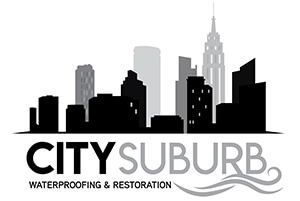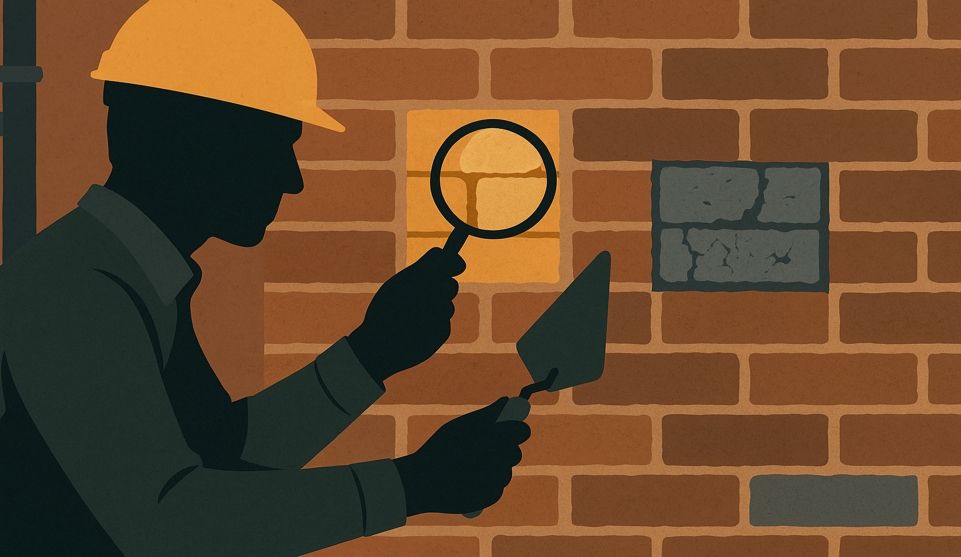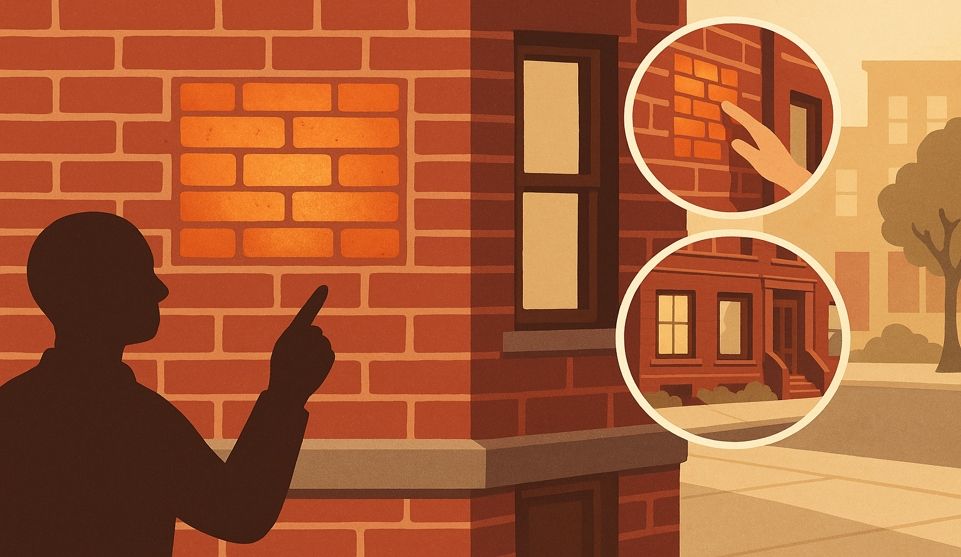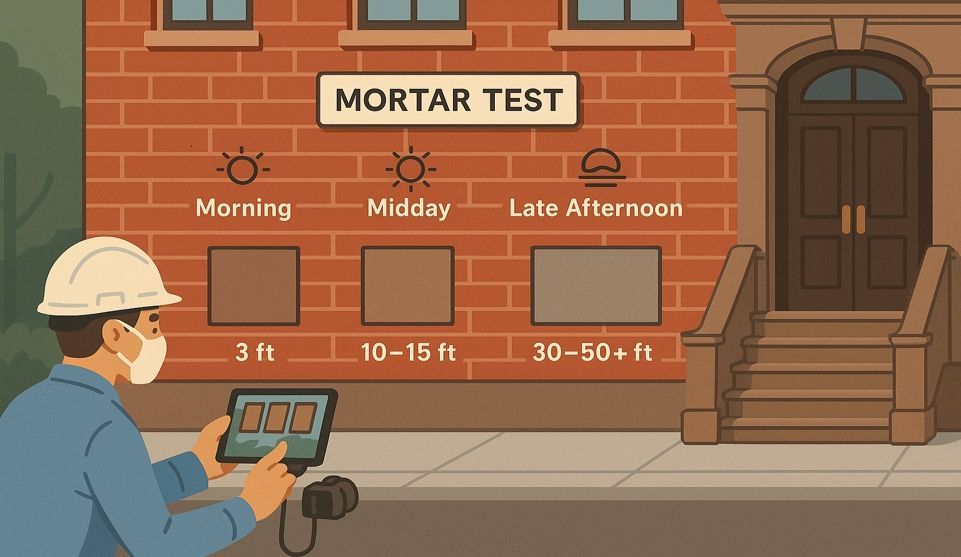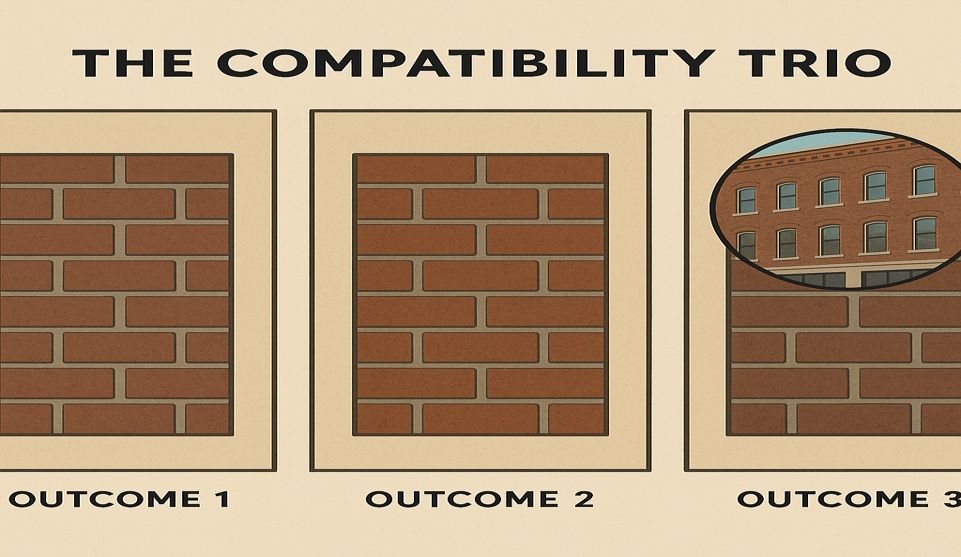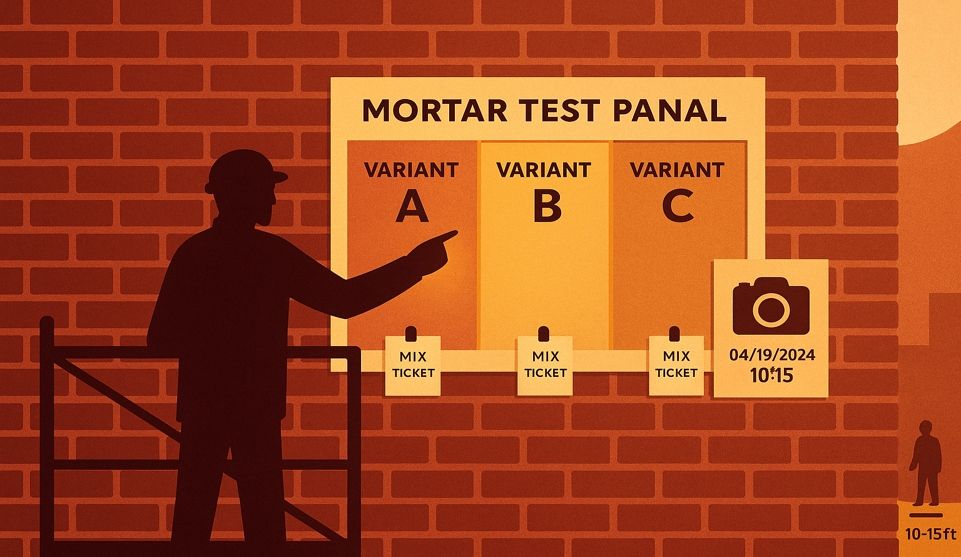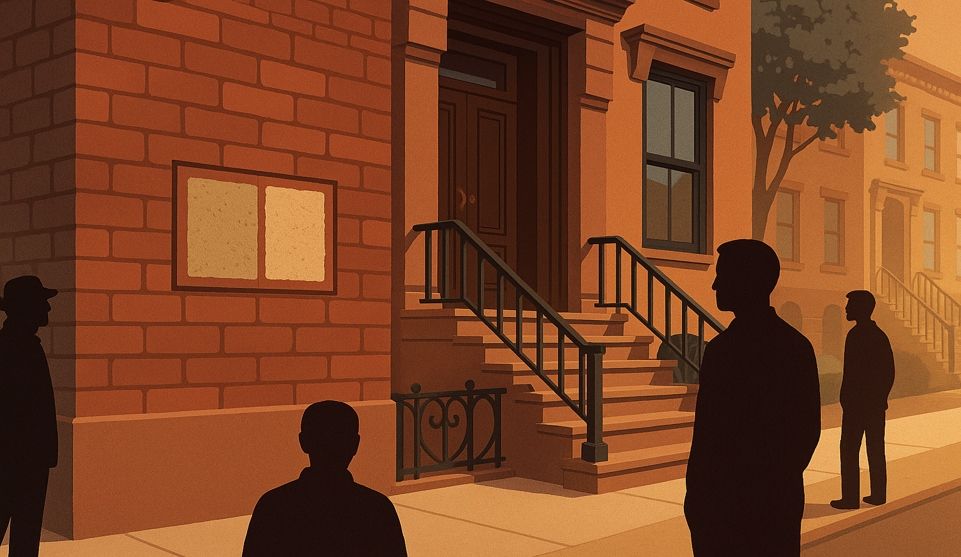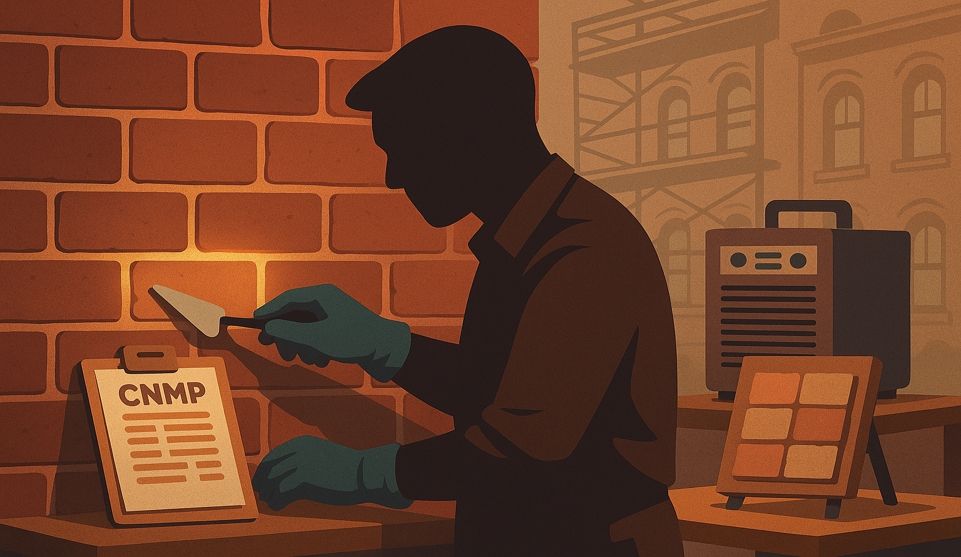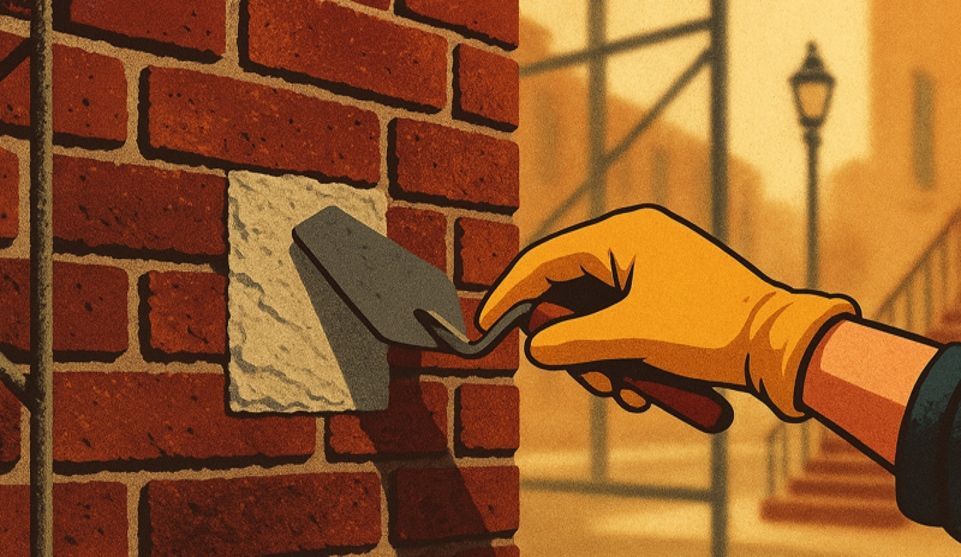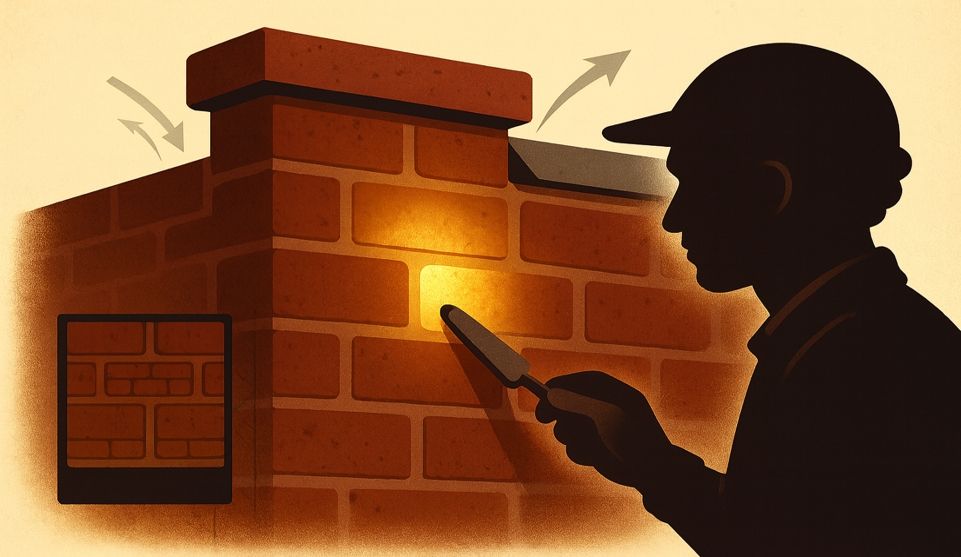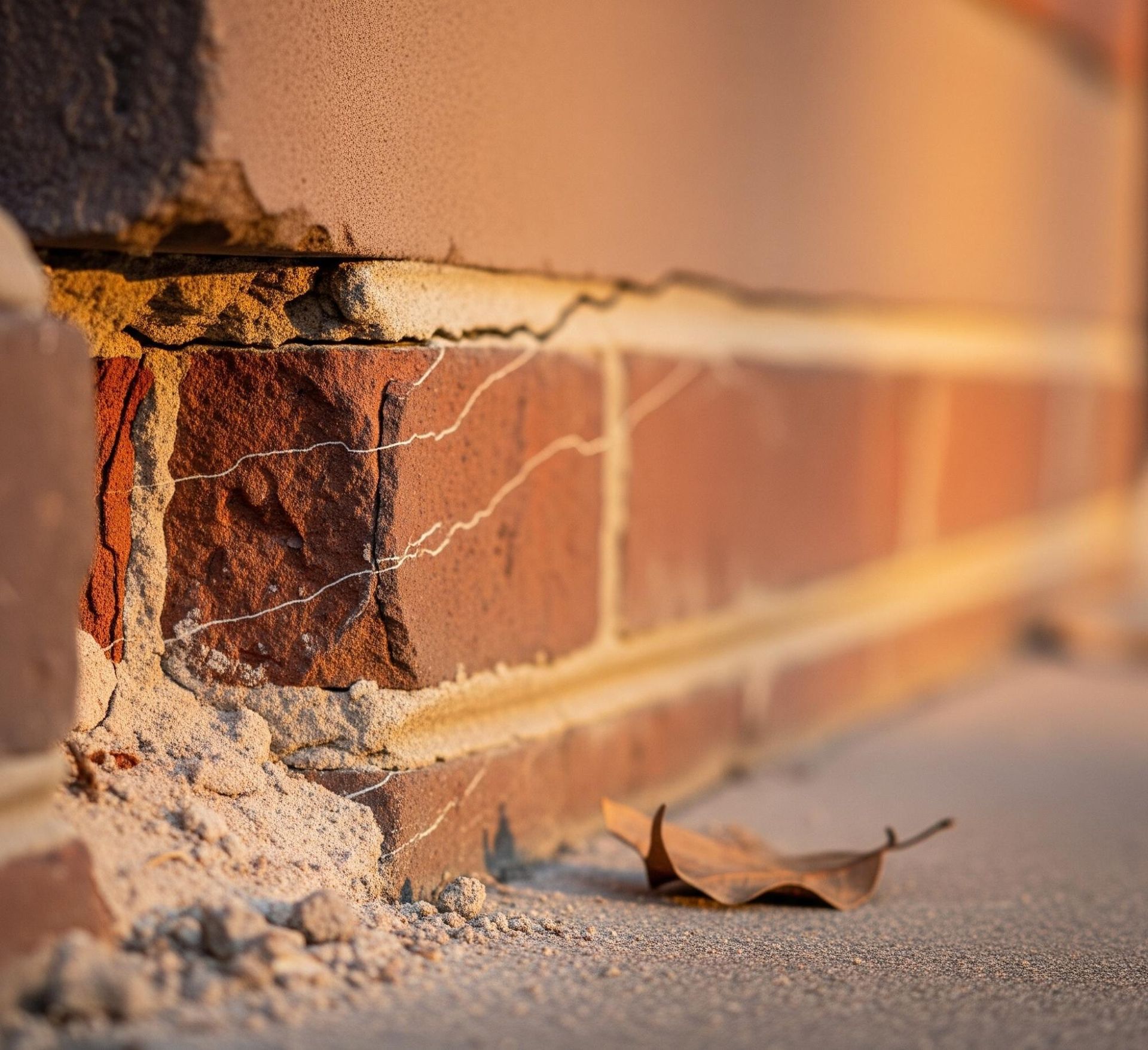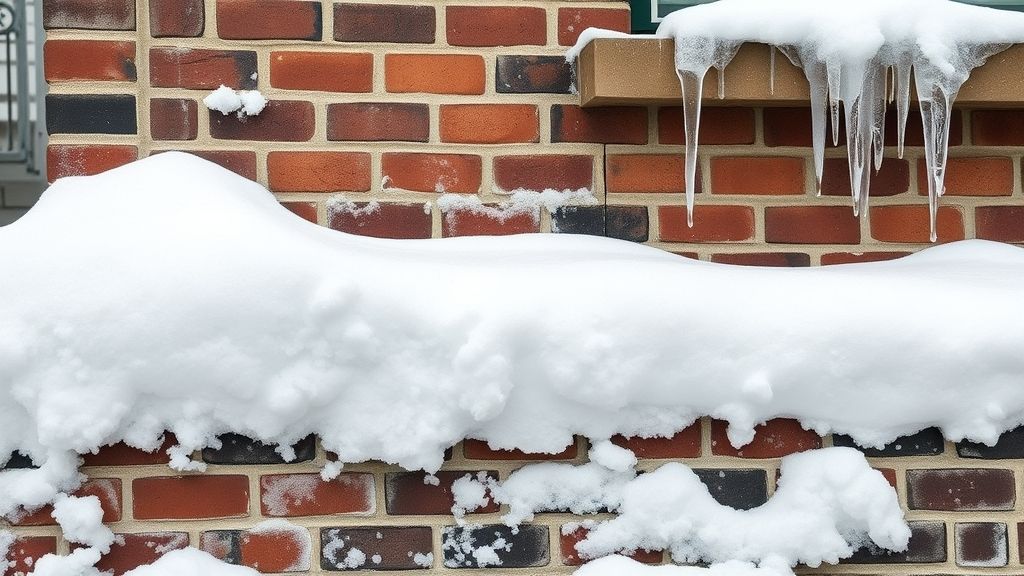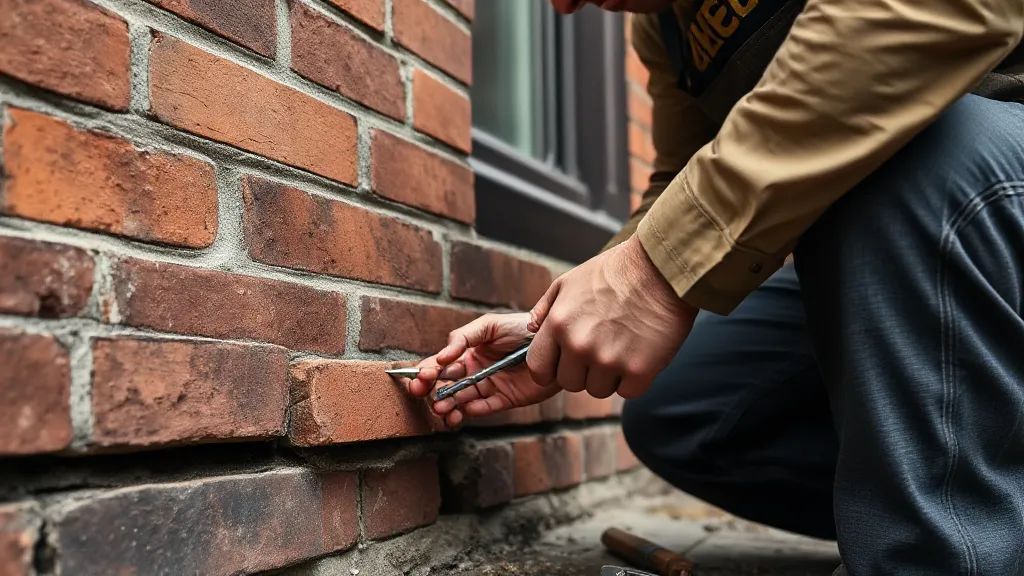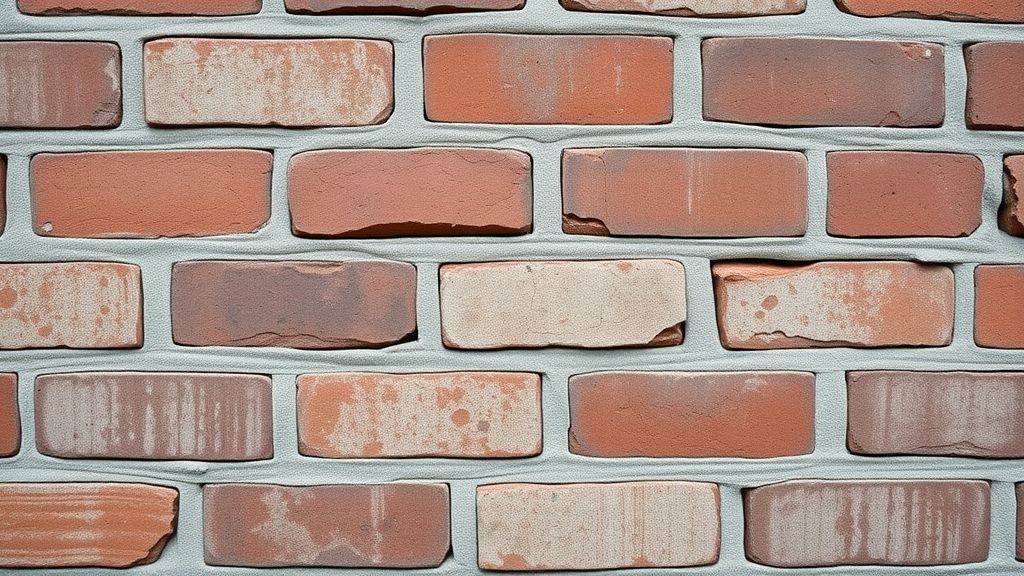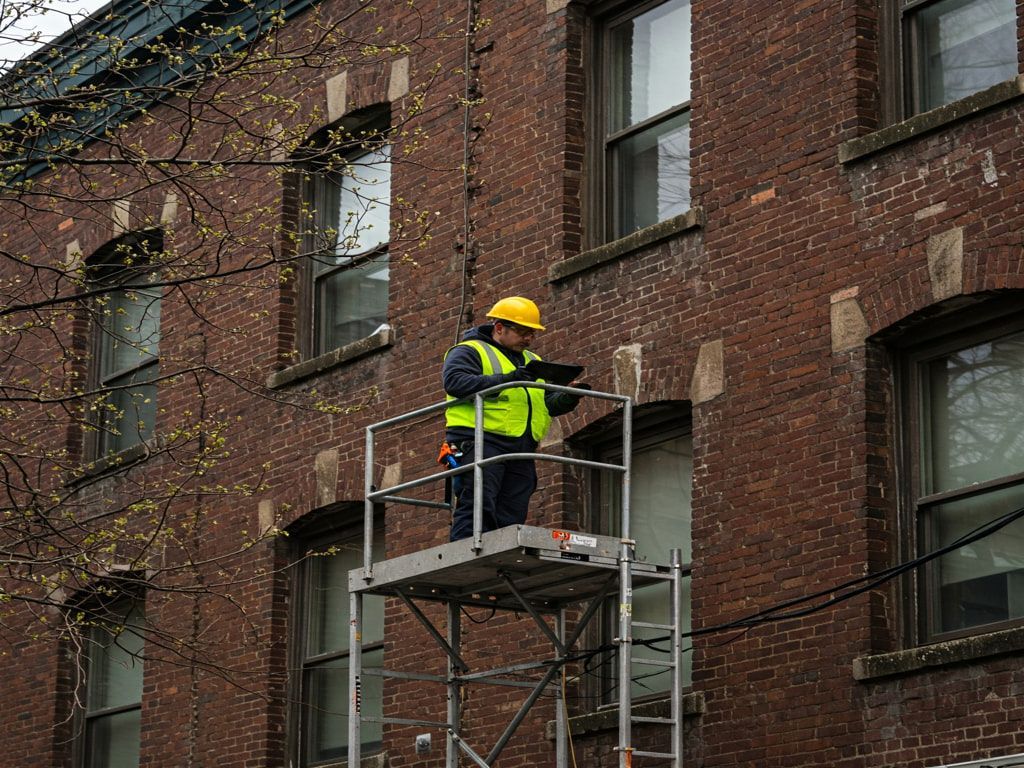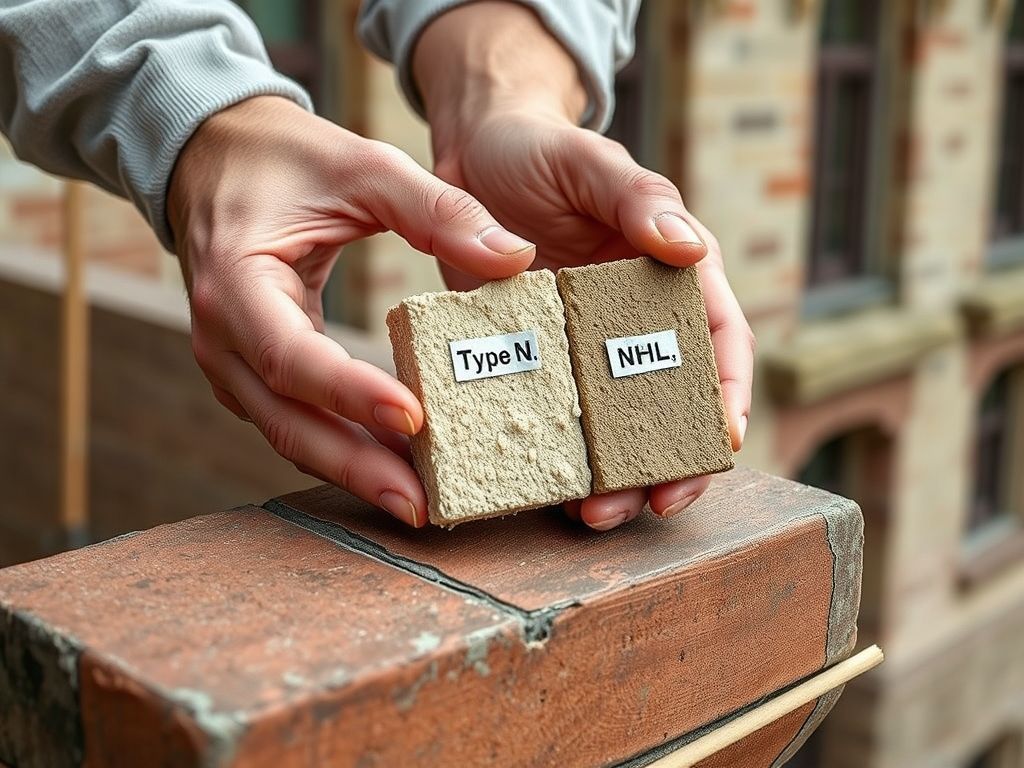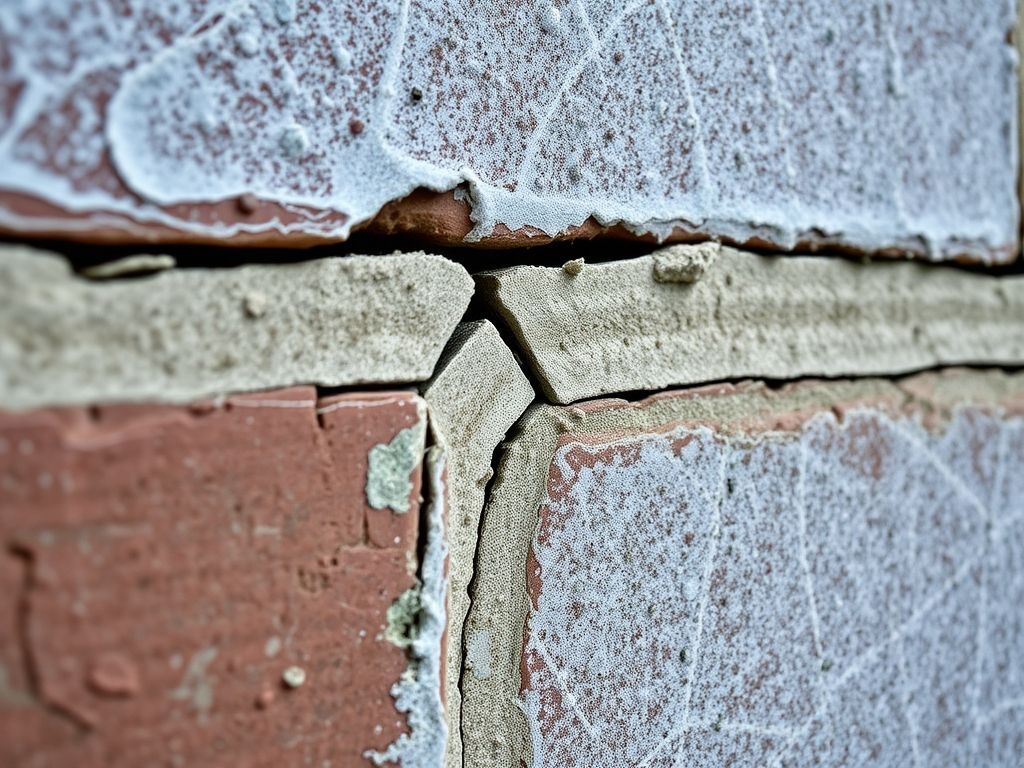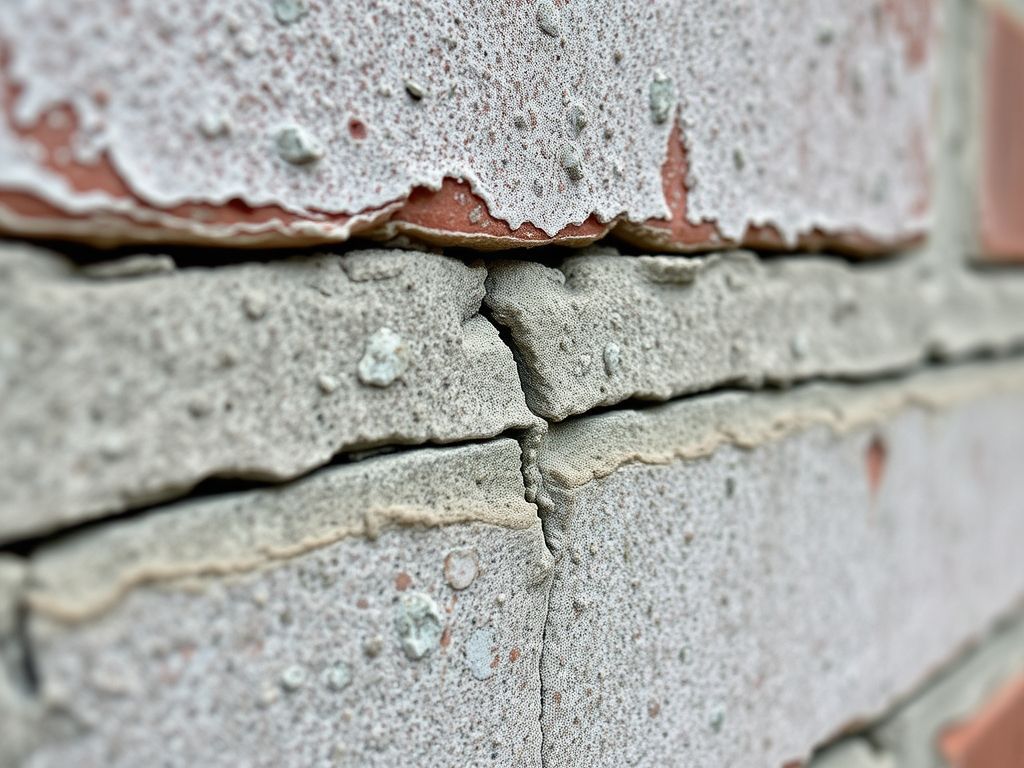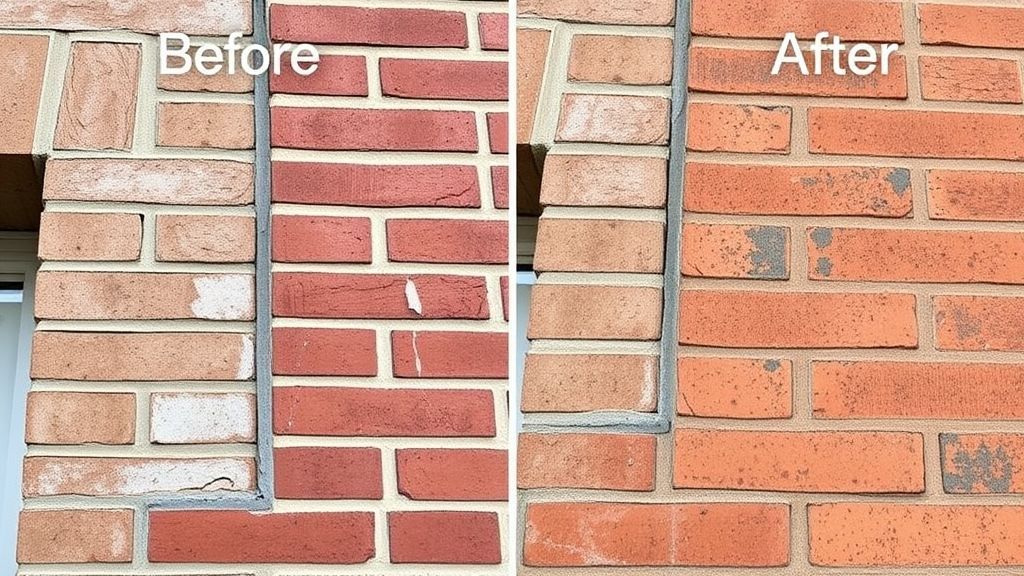Understanding Different Mortar Types for Your Period Home's Brickwork
Key Takeaways:
- Historical Timeline & Evolution: Long Island homes built between 1850s-1940s require different mortar types - early Victorian homes used soft lime mortars while post-1920s buildings incorporated harder Portland cement mixes, making era-specific restoration choices crucial.
- Critical Compatibility Issues: Using modern Portland cement mortar on historic homes causes severe damage as harder mortars trap moisture, forcing it through softer historic bricks and creating irreversible spalling and cracking.
- Identification Methods: Original lime mortars display distinct characteristics including lighter cream/gray colors, softer texture, visible lime inclusions, and natural weathering patterns that help homeowners identify appropriate restoration materials.
- Coastal Climate Considerations: Long Island's salt air and freeze-thaw cycles demand breathable lime-based mortars that allow moisture migration while protecting historic masonry from environmental damage.
- Modern Solution Standards: Natural hydraulic lime (NHL) mortars remain the gold standard for historic restoration, following the "sacrificial principle" where mortar fails before irreplaceable bricks, ensuring long-term preservation.
Understanding these mortar fundamentals empowers homeowners to protect their period homes' structural integrity while maintaining authentic historical character for future generations.
Crumbling mortar.
That's usually the first sign. You spot it between those beautiful old bricks, and suddenly your stomach drops. Because this isn't just about looks—those deteriorating joints? They're inviting water straight into your beloved period home's bones. Long Island's historic properties deserve better than that. The wrong mortar choice could destroy everything that makes your home special, undermining the benefits of proper brick pointing in Long Island.
Here's the thing: old houses are temperamental creatures. They need specific care, specific materials, specific understanding. Modern quick fixes won't cut it. Your home has survived decades—maybe a century or more—because someone built it right the first time. Now it's your turn to protect that legacy.
Let's talk mortar.
The Evolution of Mortar in Long Island's Historic Homes
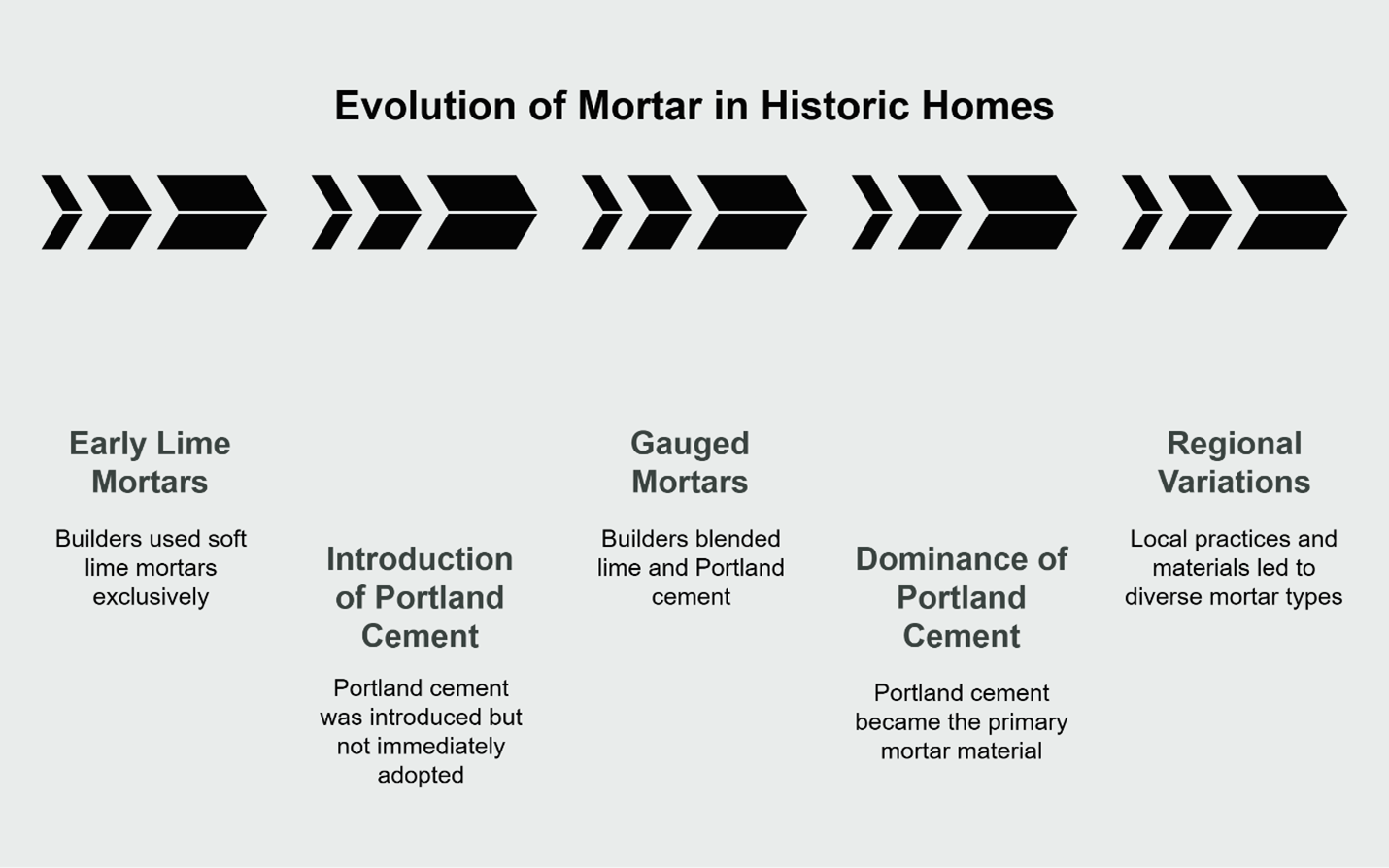
Long Island's buildings tell stories through their mortar joints. Strange but true. From the mid-1800s through the 1940s, the stuff between the bricks changed dramatically—not overnight, but gradually, like everything else in construction. Early builders relied on soft lime mortars almost exclusively. Then Portland cement arrived (patented 1824, but didn't really catch on here until the 1870s), and everything shifted.
But not immediately.
By the early 1900s, clever builders started mixing the two. They called these "gauged mortars"—basically a transitional blend that took the best from both materials. This wasn't some grand plan. It just... evolved. The 1920s and 1930s saw these combinations everywhere until eventually, Portland cement took over completely. Each generation of builders tweaked the formula based on what worked, what was available, what made sense at the time.
Location mattered too. Coastal homes? Traditional lime mortars accidentally turned out perfect because they breathed. Really. The stuff let moisture escape through the joints instead of forcing it through brick faces—though builders back then probably didn't understand the science. They just knew what worked. Different sand sources, different local practices, different results. Every neighborhood developed its own subtle variations over the decades, creating a patchwork of masonry traditions across Long Island.
+-------------------------------------------------------------------------------------------------------+
💡 Quick Takeaways
- Natural Evolution: Portland cement didn't suddenly replace lime—builders experimented with combinations for decades
- Accidental Genius: Coastal lime mortars succeeded because they breathed, not because anyone planned it that way
- Neighborhood Signatures: Local sand and building customs created subtle variations you can still spot today
+-------------------------------------------------------------------------------------------------------+
Understanding Your Home's Original Mortar
Touch it.
No, really—run your fingers along those old mortar joints. Historic lime mortars feel different. Softer. They're usually lighter too, cream or pale gray, with that distinctive sandy texture. Portland cement mortars? Darker. Harder. They resist when you try to scratch them with your fingernail (though please don't go digging at your walls just yet).
But there's more to identification than color and texture. Look closer. Those old lime mortars often contain little white chunks—lime inclusions, they're called. Sometimes it's incompletely slaked lime. Other times it's evidence of "hot-mixing" where builders combined lime with aggregates while the lime was still reactive, still dangerous, still burning hot. The positioning tells another story: original lime mortars typically sit slightly back from the brick face, weathered down by decades of rain and wind and seasons changing.
Want certainty? Get a lab test. Seriously. Professional analysis reveals exact binder types, aggregate composition, mix ratios—details your eyes simply can't detect. This matters especially for homes built during those transitional decades when builders threw everything at the wall to see what stuck. Yes, it costs money. But getting it wrong costs more.
Why does matching matter? Those old bricks—they're soft. Porous. Nothing like today's high-fired versions. Slap modern mortar on them and you've created a disaster waiting to happen. The harder mortar becomes an impermeable barrier, trapping moisture inside the wall. Where does that water go? Through your beautiful historic bricks, that's where. They'll spall. Crack. Deteriorate. All because someone thought "mortar is mortar." It's not. The original balance between materials kept your home standing this long. Respect that balance.
+-------------------------------------------------------------------------------------------------------+
💡 Quick Takeaways
- Touch Test: Historic mortars feel softer, look lighter, and often contain visible lime chunks from old mixing methods
- Science Matters: Lab analysis reveals invisible details—crucial for homes from transitional building periods
- Material Mismatch: Hard modern mortars destroy soft historic bricks by trapping moisture where it shouldn't be
+-------------------------------------------------------------------------------------------------------+
Modern Mortar Options for Period Home Restoration
Preservation isn't guesswork anymore.
We understand the science now—how mortars and bricks need to work together, breathe together, age together. Lime-based mortars remain the gold standard for most Long Island period homes. They match that original porosity, that vapor permeability, while still providing the strength your walls need. Natural hydraulic lime (NHL) comes in different varieties, each suited to specific conditions, specific exposures, specific challenges your home might face.
Here's what many people don't grasp: your mortar should be weaker than your bricks. Sounds backward? It's not. When stress happens—and it will—you want the mortar to fail first. Let it crack. Let it crumble. Better that than watching irreplaceable historic bricks shatter because some well-meaning contractor used the strongest mortar available. This "sacrificial" approach has protected buildings for centuries. Trust it.
Technology's given us options our ancestors never imagined. Specialty formulations now tackle specific preservation headaches. Some include additives that improve workability in coastal conditions—because salt air changes everything. Others incorporate natural pozzolans (volcanic ash, basically) that boost durability without creating that dreaded impermeability. Color matching? That's dialed in too. Custom tints blend seamlessly with existing mortar, maintaining visual continuity while improving performance. You get historical authenticity plus modern material science. Best of both worlds.
+-------------------------------------------------------------------------------------------------------+
💡 Quick Takeaways
- Breathable Design: Lime mortars match your home's original porosity, preventing trapped moisture disasters
- Strategic Weakness: Sacrificial mortar protects priceless bricks by failing first when problems arise
- Custom Solutions: Modern formulations address specific challenges while maintaining historical authenticity
+-------------------------------------------------------------------------------------------------------+
The Professional Repointing Process

Watch a true preservation specialist handle brick pointing in Long Island. It's nothing like regular masonry.
First comes removal—meticulous, careful, almost surgical. They'll extract deteriorated mortar to exactly 2.5 times the joint width. Not approximately. Exactly. Hand tools mostly, maybe specialized power tools set to precise speeds. One wrong move damages surrounding bricks permanently. That's why preservation pros charge more than your average mason. They should.
Joint preparation follows removal. Every bit of debris must go. Sometimes joints need pre-wetting, especially with lime mortars that demand specific moisture conditions for proper curing. Then comes application—and this is where technique really matters. Lime mortars need compression, not just surface spreading. Really pack it in there. Force it deep into the joint. Otherwise you're just playing dress-up with your walls.
Curing.
This is where patience becomes mandatory. Modern cements cure fast—too fast for historic work. Lime mortars carbonize over weeks, sometimes months. They need babying during this time: protection from rapid drying, from freezing, from excessive moisture. Professionals use damp burlap, misting systems, whatever it takes to maintain optimal conditions. Rush this process and you've wasted everything. But give lime mortar the time it needs? It'll protect your home for generations. That slow carbonation creates the breathability, the flexibility, the compatibility that modern materials can't match.
The timeline frustrates some homeowners. Weeks of curing feels excessive in our instant-gratification world. But your house took months or years to build originally. Giving proper mortar a few weeks to set correctly? That's nothing compared to the decades of protection it provides.
+-------------------------------------------------------------------------------------------------------+
💡 Quick Takeaways
- Precision Removal: True preservation requires exact depths and careful techniques that protect historic fabric
- Compression Matters: Lime mortar needs forceful packing into joints, not just surface application
- Patient Curing: Weeks of careful moisture management create decades of proper protection
+-------------------------------------------------------------------------------------------------------+
Securing Your Home's Historic Future
Your period home deserves proper care. Real care. Not shortcuts, not modern substitutes, not "close enough" solutions. Understanding mortar—really understanding it—gives you power. Power to protect your investment. Power to preserve authenticity. Power to ensure this piece of Long Island's architectural heritage survives intact for future generations. Quality brick pointing in Long Island isn't just maintenance; it's preservation of history.
The right mortar choice changes everything. Water stops infiltrating. Bricks stop deteriorating. Your home stops declining and starts thriving again. Work with preservation professionals who understand these principles, who respect these materials, who share your commitment to doing things right. Because once those original bricks are gone? They're gone forever.
Choose wisely.
Frequently Asked Questions (FAQs)
Q: How can I identify my historic home's original mortar type?
A: Start with visual inspection. Original lime mortars typically appear lighter (cream or pale gray) and feel softer than modern versions. Look for those telltale lime inclusions—white chunks indicating hot-mixing or incomplete slaking. Notice how the mortar sits relative to brick faces; originals often appear slightly recessed from weathering. For absolute certainty? Commission professional analysis. Lab testing reveals precise composition details that visual inspection misses.
Q: Why can't I use standard modern mortar on my period home?
A: Physics. Chemistry. Common sense. Modern Portland cement mortars are harder and denser than your historic bricks. This creates a catastrophic mismatch—the impermeable modern mortar traps moisture, forcing it through your softer, more porous historic bricks. Result? Spalling. Cracking. Permanent damage to irreplaceable masonry. Your home survived this long because materials worked together harmoniously. Don't break that balance now.
Frequently Unasked Questions (FUQs)
Q: How does Long Island's coastal climate affect mortar selection for historic homes?
A: Salt air. Freeze-thaw cycles. Constant moisture. Our coastal environment creates unique preservation challenges that inland properties never face. Traditional lime mortars accidentally excelled here because they breathe—really breathe—allowing moisture to migrate naturally while accommodating seasonal movement. Modern preservation mortars build on these beneficial properties, adding refinements that enhance durability without sacrificing that crucial permeability.
Q: What role does mortar color play in maintaining historical authenticity?
A: More than you'd think. Mortar color dramatically impacts your home's character—it's not just filler between bricks. Original mortars got their subtle earth tones from local sand sources, creating neighborhood-specific palettes that varied by location and era. Matching these colors maintains architectural coherence. It affects property values too, especially in historically designated areas where authenticity translates directly to desirability. Get the color wrong and your beautiful restoration looks... off. Subtly wrong. Conspicuously modern.
Preserve the Character. Protect the Structure.
At City Suburb, we specialize in authentic brick pointing that safeguards your period home from moisture damage while preserving its original beauty. Serving Queens, Brooklyn, Manhattan, and surrounding areas, our skilled team uses time-tested techniques and materials that respect your home’s history.
As Edward Manukian shared:
“Ravi & his team did an excellent job brick pointing! He is very responsive.”
📞 Call (718) 849-8999 today for your free estimate—and give your home the care it truly deserves.
🔍 Or browse our site to learn more about our expert masonry and restoration services.
📲 Follow us for updates and project highlights:
Protect your home’s story—one joint at a time.

